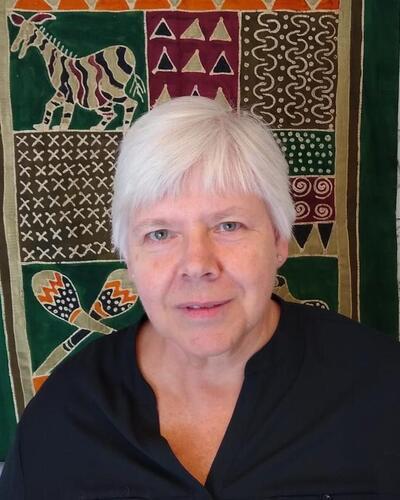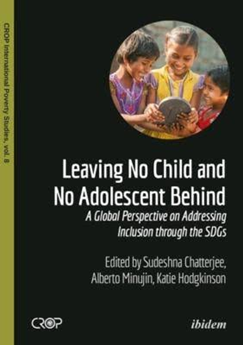Leaving no child or adolescent behind
To reduce poverty and inequalities are two of the main goals in the work and actions for Sustainable Development Goals, and the ambitions are high.

Main content
– In my teaching I would like my students to stay curious and to critically question norms and practices, including the Sustainable Development Goals, says Marguerite Daniel.
Daniel, professor at the Faculty of Psychology, will discuss these issues at the Day Zero Conference at University of Bergen.
– My research and teaching in the master’s program: Global Development Theory and Practice are closely interconnected. In research I am motivated to learn what enables people to do well and thrive – of course this also involves defining the contextual challenges they face.
The title of the workshop is from a new book, and it takes a global perspective on addressing inclusion through the SDGs. In the chapter Daniel wrote together with Ernest Darkwah, they probe into how societal and cultural issues interact with how adolescents in Ghana can function in society.
How did you start working with these issues?
– I got into the subject through my research in sub-Saharan Africa. I realised guidelines and regulations from international governance organisations like WHO and UNAIDS do not always fit, cause confusion, and may cause harm, when applied in local contexts in Africa.
What kind of impact do you think this focus and action might have?
– I think setting bold targets like ‘leaving no child and no adolescent behind’ will result in both successes and some failures. We can learn from both. In the chapter I wrote with Ernest Darkwah, we consider the lives of adolescents in Ghana who leave residential care homes funded by international child rights-based organizations.
How can researchers continue working with these issues in Norway and internationally?
– Health promotion’s focus on genuine participation provides a way forward – by embracing, valuing, and respecting diversity in Norway and beyond, we can find solutions and effective practice.
How can researchers influence politicians and decision makers to improve conditions for children and adolescents?
– Policy makers like “quick fixes” and achieving ‘targets’ provides the evidence they want. However, targets are often short term or measured immediately after implementation of the policy. I think researchers should investigate the impact of policy and practice longitudinally to discover the long-term effects and in this way discover what really helps children grow into thriving adults within their own contexts.


